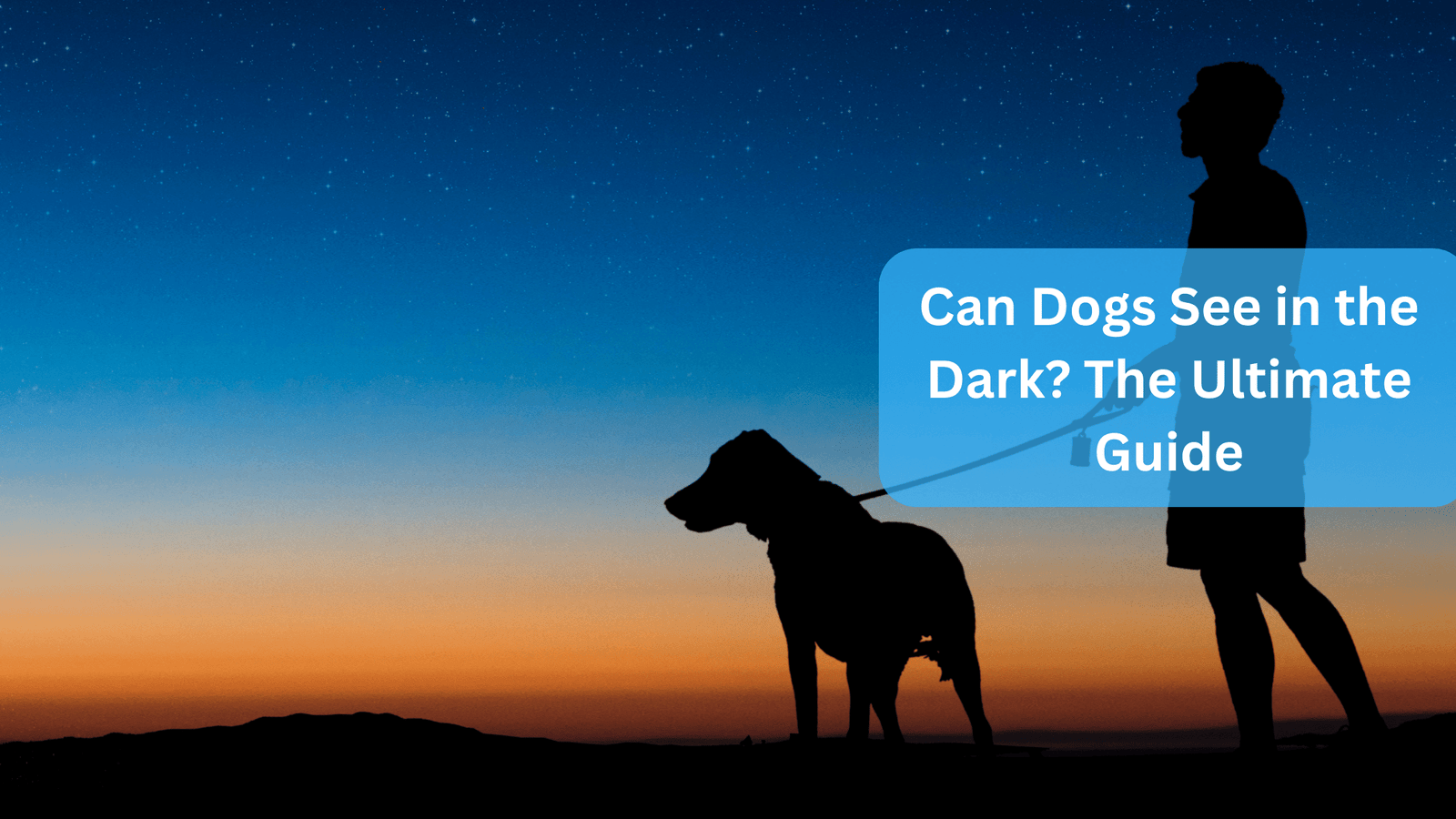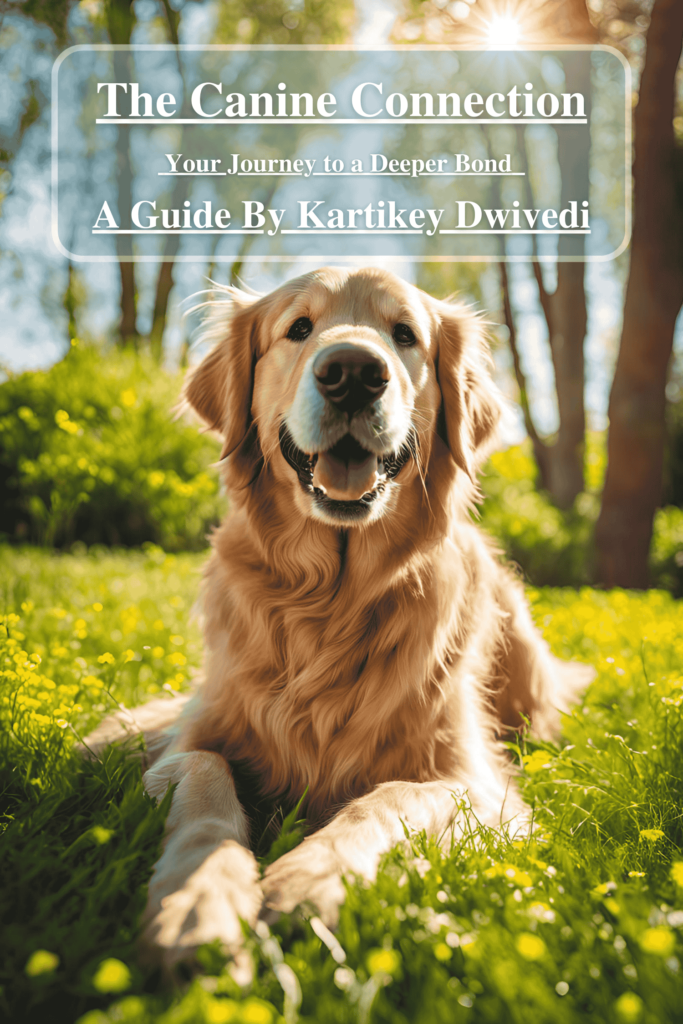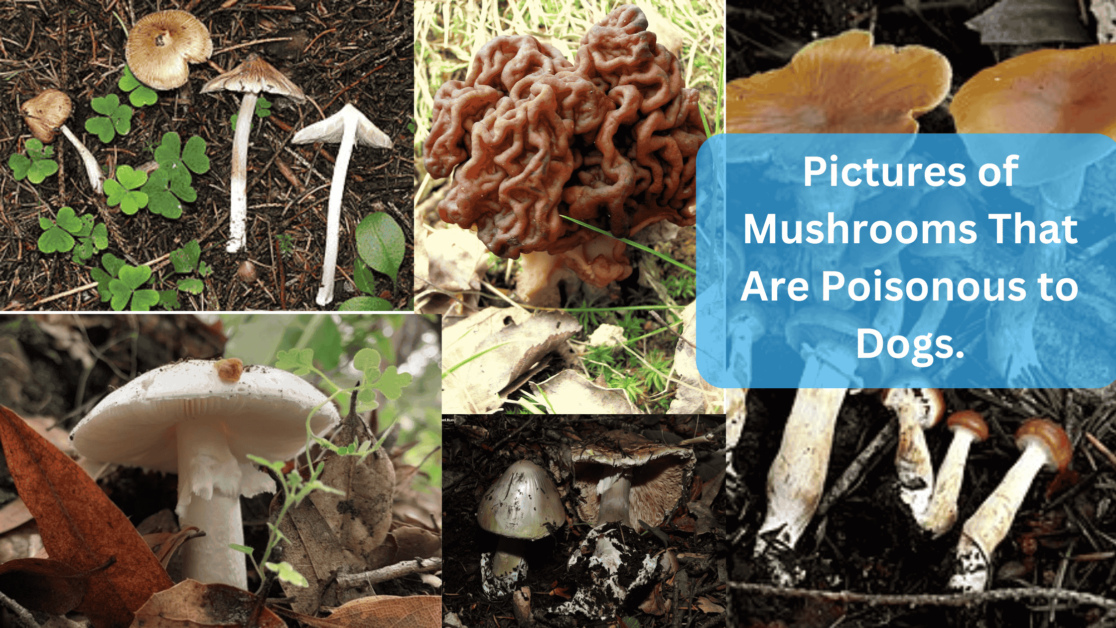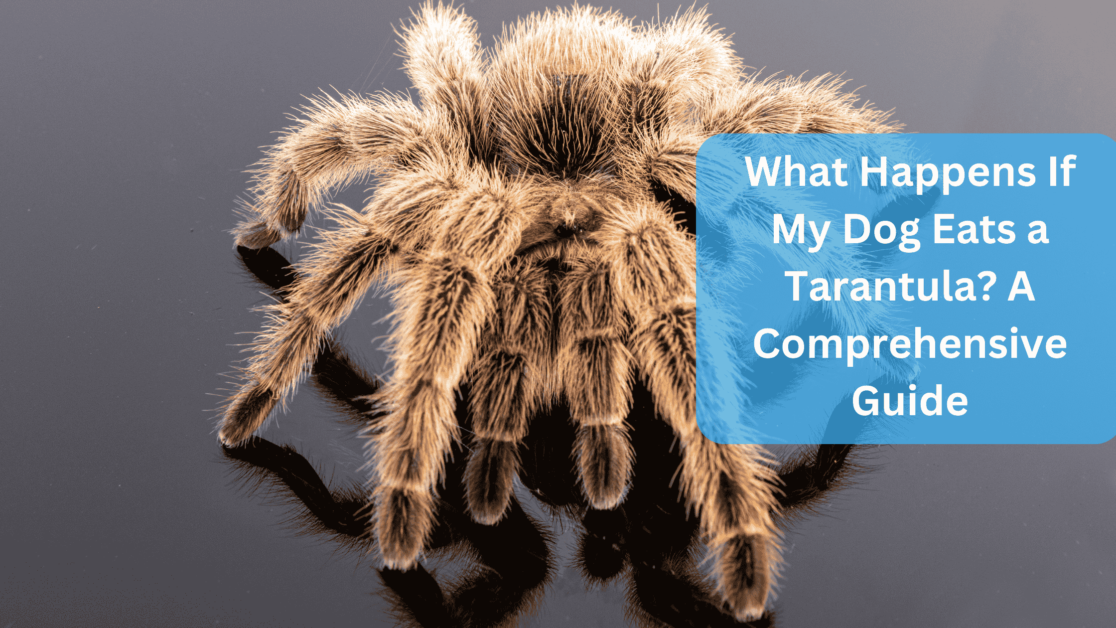Can Dogs See in the Dark? Have you ever looked at your dog lounging on the couch, chewing their favorite toy, and wondered, “Can you see in the dark like a superhero?” While your pup may not have x-ray vision, they definitely possess some impressive skills for navigating the night. In this comprehensive guide, we’ll explore everything you need to know about canine vision, especially their ability to see in low-light conditions. From understanding their anatomy to practical tips for helping them see better in the dark, let’s embark on this illuminating journey together!
Can Dogs See in the Dark? The Basics Explained
Understanding the Basics: What Does “Seeing in the Dark” Mean?
Seeing in the dark isn’t just about having perfect vision when the lights go out. It involves the ability to perceive shapes, movements, and varying degrees of light in low-light conditions. So, can dogs see in the dark? Yes, but let’s delve into how they achieve this before making any final judgments!
Despite being able to navigate in dim conditions, dogs don’t have night vision in the same way that some animals do. They benefit from adaptations that allow them to see better than humans in low light, but they still require some form of ambient light to function effectively.
Dogs’ Visual Anatomy: The Magic Within
To truly grasp how dogs perceive their surroundings, we must first explore their unique visual anatomy. One fascinating feature of a dog’s eye is the tapetum lucidum. This specialized layer of reflective cells sits behind the retina and significantly enhances a dog’s ability to see in low-light conditions by reflecting light that passes through the retina back into their eyes. Think of it as nature’s little flashlight that gives dogs a second chance to capture available light! This evolutionary adaptation is crucial for their hunting ancestors, allowing them to spot potential prey during twilight hours.
Comparing Canine and Human Vision: Who Does It Better in the Dark?
Let’s compare how dogs and humans stack up against each other in terms of vision under low-light conditions. Humans have approximately 120 million rod cells (which are responsible for light detection) and 6 million cone cells (which detect color). In contrast, dogs boast around 230 million rod cells and only about 6,000 cone cells. This means dogs are remarkably better at detecting motion and recognizing shapes in low-light conditions compared to humans.
While humans may be better at distinguishing between colors and fine details in bright light, dogs excel in detecting movement and are far more adept at seeing in the dark.
How Well Can Dogs See in the Dark?
The Science Behind Canine Night Vision
Dogs may not see perfectly in the dark, but their night vision is significantly superior to that of humans. Studies indicate that dogs can see adequately in light levels that are about 1/5th of what humans require to see clearly. This impressive ability is primarily attributed to their high rod cell count and the presence of the tapetum lucidum.
Furthermore, dogs can detect movements at much lower light levels than humans, allowing them to notice a flicker or rustle much faster. So, if you’re in a dimly lit room, don’t be surprised if your dog spots that sneaky mouse scurrying across the floor while you’re still adjusting your eyes!
Myths vs. Reality: Can Dogs Really See in the Dark?
Now, let’s set the record straight by addressing some common myths. One prevalent misconception is that dogs can see perfectly in complete darkness. The truth is, while dogs excel in low-light settings, they still need some ambient light to navigate effectively. Light from the moon, streetlights, or even the faintest glow can aid them significantly in detecting their surroundings.
It’s worth noting that dogs rely heavily on their acute sense of smell and sharp hearing to compensate for their visual limitations in darkness. This means that while they may not see perfectly, they certainly have other tricks up their sleeves!
The Role of Color in Canine Vision: What Colors Can Dogs See in the Dark?
Understanding Canine Color Perception
Humans enjoy a vibrant color palette thanks to our substantial number of cone cells, which allow us to perceive a wide spectrum of colors. In contrast, dogs experience the world quite differently. For the most part, dogs are color-blind in a specific sense; they primarily perceive shades of blue and yellow. Colors such as red and green appear grayish or muted to them.
This limited color vision is due to the fewer cone cells in their eyes, which are responsible for color detection. Interestingly, this doesn’t hinder their ability to see well at night. Instead, dogs focus more on brightness and movement rather than color.
The Impact of Light on Color Visibility
In low-light situations, dogs’ ability to differentiate colors diminishes even further. As light levels drop, the contrast between colors fades, making it more challenging for dogs to perceive hues. So, when you’re tossing a blue ball during twilight, your dog might not be focusing on its color. Instead, they are attuned to the ball’s motion and shape, using their superior rod cells to track it more effectively.
This doesn’t mean that colors are irrelevant to dogs during daylight hours. They can still recognize and respond to colors, but their perception is far less vibrant compared to humans. For dogs, visual signals are more about movement and intensity than about nuanced colors.
How Do Dogs Navigate Their Environment at Night?
Outdoor Adventures: Can Dogs See Outside at Night?
When it comes to outdoor nighttime adventures, dogs have a significant advantage. Natural light sources like moonlight and starlight enhance their night vision. These ambient light sources make it much easier for dogs to navigate and explore their surroundings.
Moreover, dogs are adept at navigating familiar environments under these conditions. Their keen sense of smell and excellent hearing work in tandem with their vision to help them identify objects and movements in the dark. For example, if a neighbor’s cat crosses their path, your dog may not only see the movement but also detect its scent, allowing for a more comprehensive understanding of their environment.
Indoor Challenges: The Difficulty of Seeing Indoors
Indoors, however, the scenario changes dramatically. Without sufficient ambient light, dogs may struggle more than they would outside. Homes often lack the natural light sources that exist outdoors, which can impede a dog’s ability to see effectively.
In these situations, dogs rely heavily on their other senses—primarily their acute sense of smell and sharp hearing—to identify their surroundings. If you’ve ever noticed your dog navigating around furniture in the dark, they are likely using their sense of smell to locate familiar scents while keeping their ears perked up for any sounds that may indicate changes in their environment.
Can Dogs See in the Dark Like Cats? An Feline Face-off
While both dogs and cats possess adaptations that help them see in low light, cats take the crown in this department. Cats have a higher number of rod cells and a more effective tapetum lucidum, allowing them to see in even lower light conditions than dogs.
This superiority highlights a fascinating evolutionary adaptation. Cats are predominantly solitary hunters, adapted to hunting during dawn and dusk, where vision is crucial. Dogs, on the other hand, have evolved more as social animals, utilizing both their vision and their other senses to interact with their environment and pack.
So, while your dog might enjoy being a nocturnal explorer, always remember: their feline friends might just be the ultimate night vision champions!
Practical Tips for Helping Your Dog See Better at Night
Enhancing Your Dog’s Night Vision
Now that we understand how dogs see in the dark, let’s talk about how to help them make the most of it!
- Provide Adequate Lighting: If your dog spends a lot of time outside at night, consider installing motion-activated lights around your yard. This additional illumination can help enhance their ability to spot objects and navigate their surroundings safely.
- Regular Nighttime Walks: Take your dog on regular nighttime strolls to help them familiarize themselves with the environment. The more they know their territory, the more confident they’ll be when exploring at night.
- Use Reflective Gear: Equip your dog with reflective collars, leashes, or vests. Not only do these keep your dog visible to you, but they also improve visibility for your dog under available light.
- Create Safe Spaces: Ensure that your home is well-lit and clutter-free to minimize hazards when your dog is navigating in the dark. A clean, obstacle-free environment will keep your pup safe and confident.
How Far Can Dogs See in the Dark?
Let’s address the distance aspect. While dogs can detect movements and shapes in the dark, their effective range diminishes with distance. Generally speaking, dogs can see well up to 20 feet away in minimal light conditions. However, the further away an object is, the less detail they can discern.
This means that while your dog may be able to detect movement or a familiar shape at night, recognizing specific details such as colors or intricate patterns will be challenging.
FAQ’S – Addressing Common Questions About Dogs and Night Vision
Can Dogs See in the Dark Well? Breaking Down the Myths
Many pet owners wonder whether dogs can truly see well in the dark. The answer, as we’ve established, is nuanced. Dogs have enhanced abilities in low-light settings, but they’re not night vision superheroes. Their ability to detect motion and shapes is considerably better than humans, but they still face limitations in total darkness.
Can Dogs See in the Dark Better than Humans? The Clear Winner
When it comes to navigating dimly lit environments, your dog would definitely win the contest. Their superior production of rod cells and the tapetum lucidum provide them with significant advantages in recognizing shapes and movements in low light conditions. So, if there’s a late-night snack raid happening in your kitchen, your dog might be a better navigator than you!
What Can Dogs See in the Dark? The View from Their Perspective
While it can be tempting to assume that dogs possess a flawless view in the dark, the reality is that they primarily see shapes and variations in light rather than colors. To put it humorously, they’re watching a black-and-white movie while we humans enjoy a Technicolor experience!
This visual perspective shapes how they interact with their environment, focusing on movement and spatial awareness more than color variations.
Dogs and Their Nightly Activities: Playtime After Dark
If you’ve ever marveled at how your dog can dart around the yard after sunset, consider this: it’s a combination of their keen eyesight, excellent hearing, and phenomenal sense of smell that allows them to engage in nighttime antics. Just be cautious during these escapades—hidden garden gnomes and unexpected obstacles can turn a fun romp into a chaotic tumble!
Also Read: Wild Earth Dog Food Review: A Comprehensive Guide
Also Read: How to Potty Train a Puppy in an Apartment? Best Guide
Conclusion: Embracing the Mysteries of Canine Vision
In summary, dogs possess fascinating adaptations that allow them to thrive in low-light conditions, thanks to their unique eye structure and rod-cell abundance. While they might not see perfectly in pitch-black darkness, they have significant advantages over humans. As we embrace evening strolls and nighttime adventures with our canine companions, it’s essential to appreciate their remarkable abilities.
So, the next time you’re fumbling in the dark, remember: your dog might just be your best (and most capable) nighttime navigator! Their night vision is just one of the many wondrous traits that make them such loyal companions. From their impressive sense of smell to their keen hearing, dogs are equipped with the tools to thrive—both day and night. Whether you’re playing in the twilight or embarking on a midnight stroll, enjoy every moment with your furry friend! 🐾🌌
Sources:
- https://iovs.arvojournals.org/article.aspx?articleid=2158693
- https://avmajournals.avma.org/view/journals/javma/207/12/javma.1995.207.12.1623.xml







